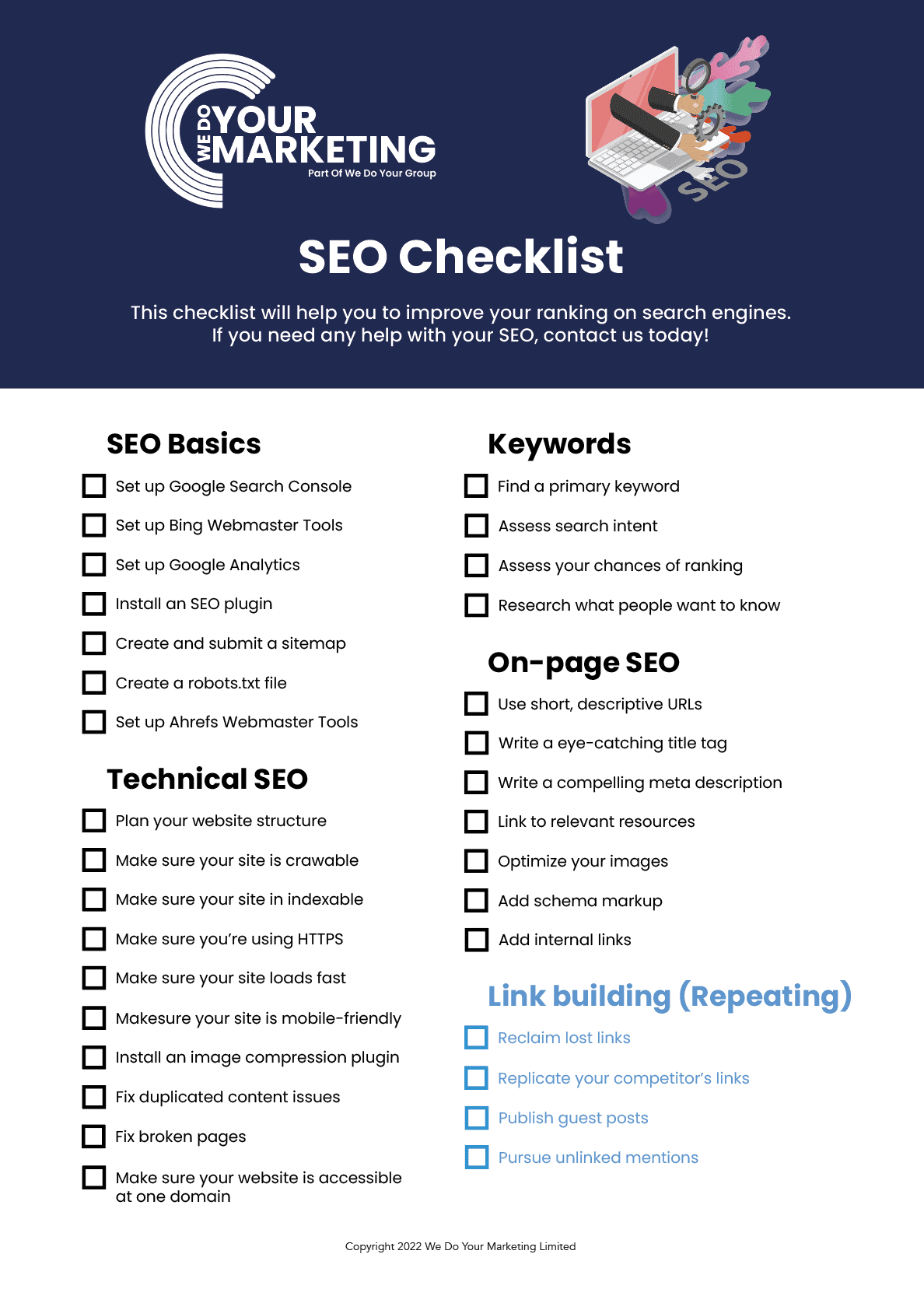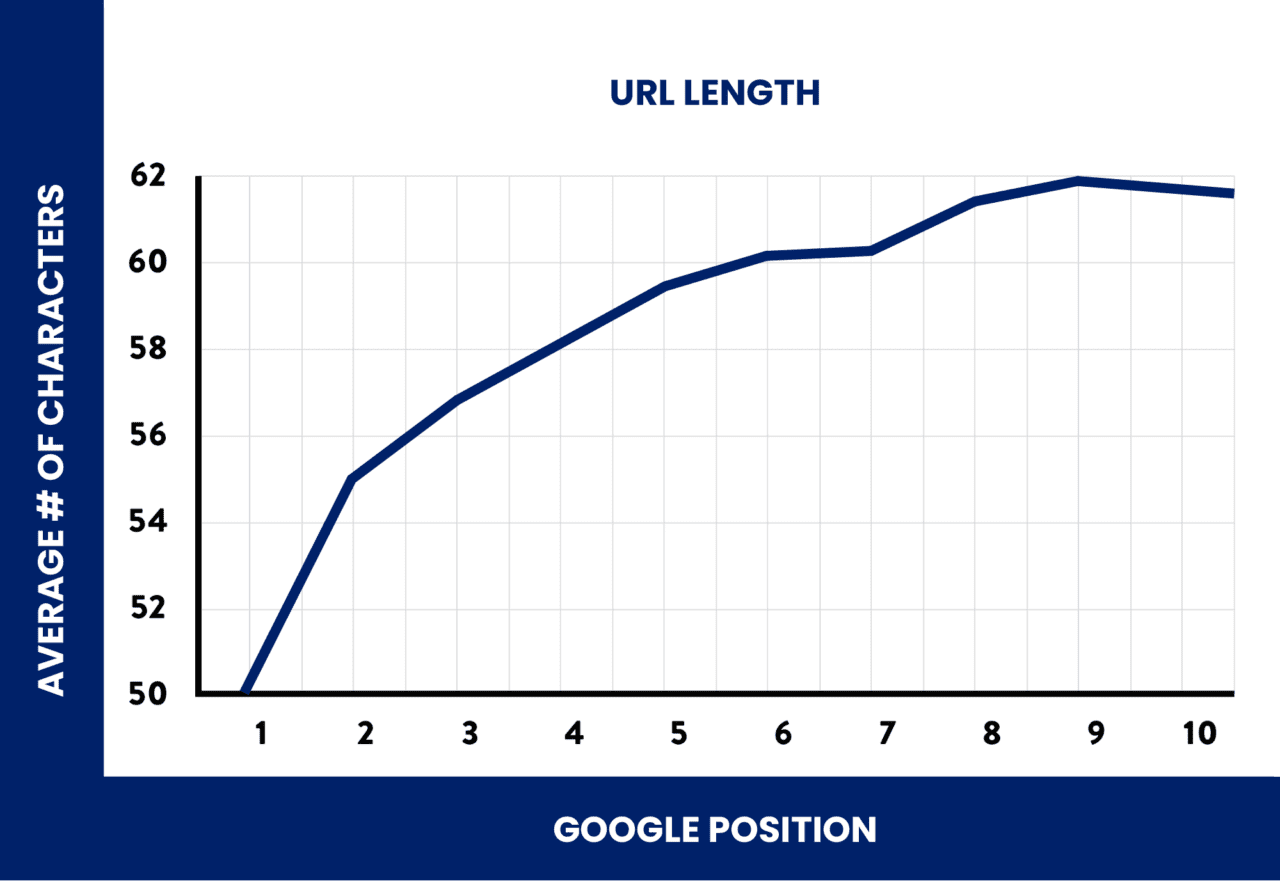
What is Search Engine Optimization?
SEO is the process of improving your rankings when someone searches a specific search term (a search term similar to; SEO Bristol OR SEO Company Bristol).
SEO involves working on your website, and improving backlinks, content and metadata.
Ultimately, these actions are going to improve your search engine for the keywords that will power your businesses growth. Keywords are chosen to capture potential customers when they are looking for your product or service, putting your business will be one of the first businesses they see when searching!





